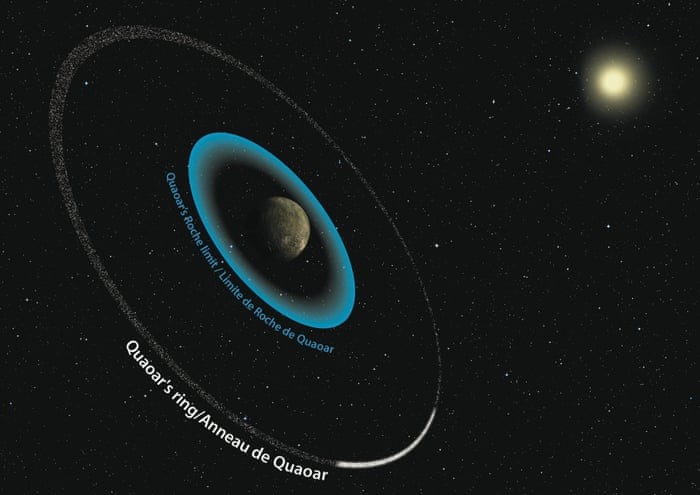





Disclaimer: Copyright infringement not intended.
Context
Dwarf planet
Quaoar
Rings and Roche Limit
Roche Limit and the case of Quaoar further decoded
Plausible explanation
Final Thoughts







© 2025 iasgyan. All right reserved